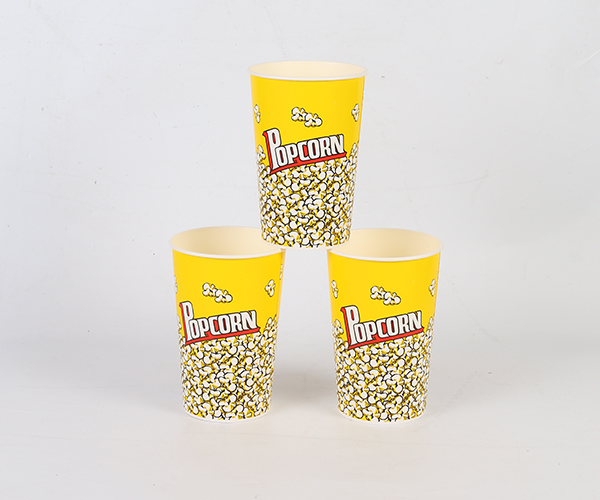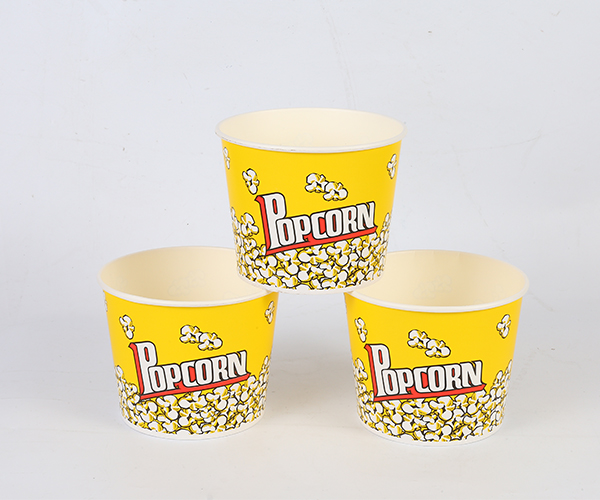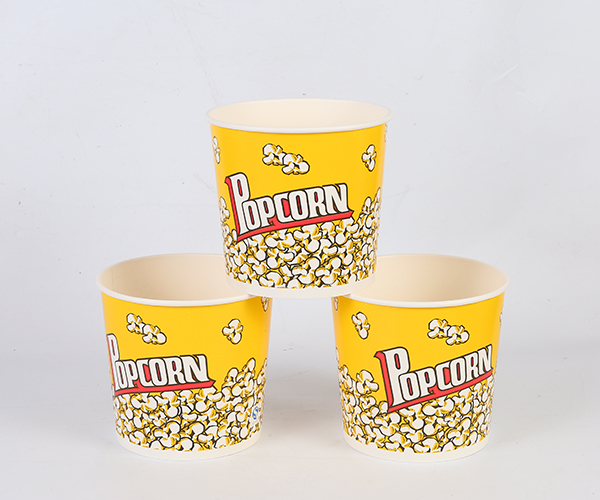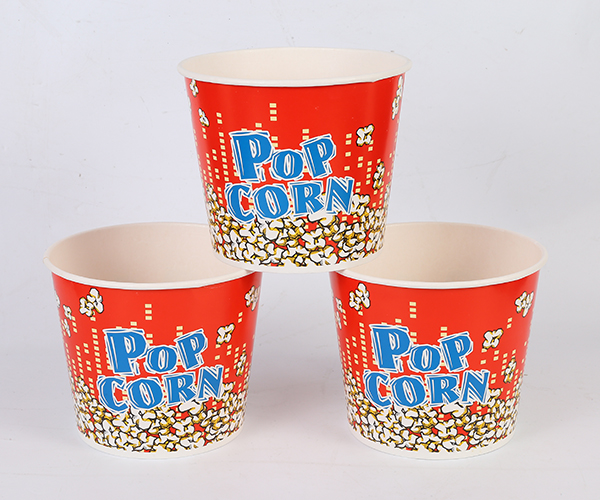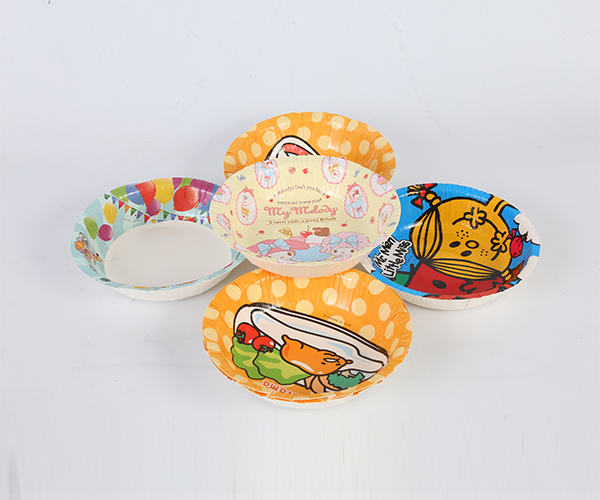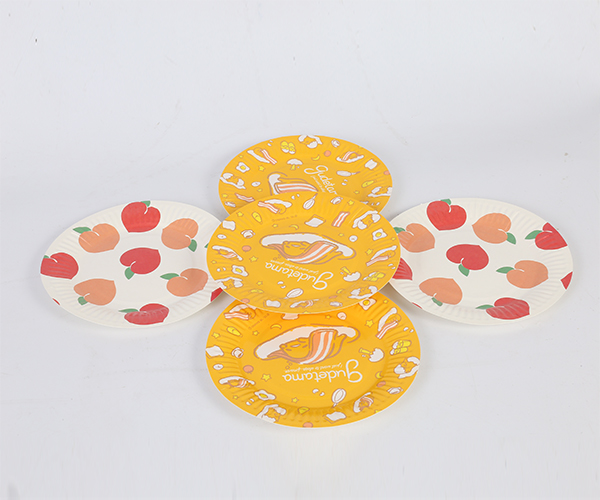Material Structure and Protective Coatings
A Disposable Paper Cup is typically constructed from food-grade paperboard, which on its own is not naturally waterproof or oil-resistant. To make it suitable for holding liquids, manufacturers apply a thin inner lining, commonly made from polyethylene (PE) or biodegradable alternatives such as polylactic acid (PLA). This coating forms a barrier that prevents water and oil from seeping into the paper fibers. The effectiveness of this coating determines whether the cup can resist leakage and maintain structural integrity during use, particularly when exposed to hot or greasy beverages.
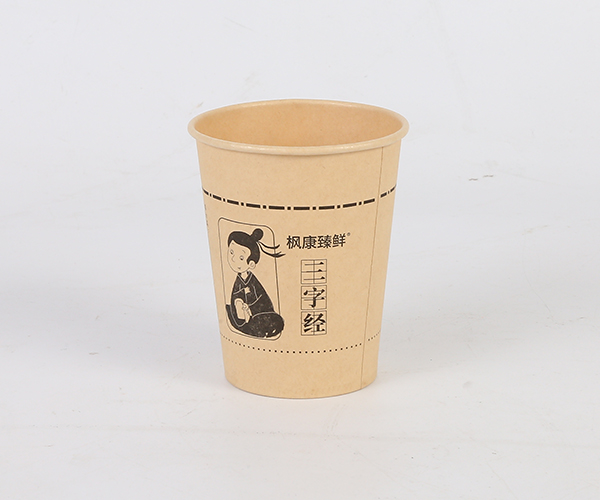
Water Resistance in Real-World Applications
One of the essential features of a Disposable Paper Cup is its ability to contain water-based liquids without soaking through. The internal lining prevents moisture from penetrating the paper, allowing the cup to hold hot and cold drinks for extended periods without becoming soggy or losing shape. In standard usage, such as holding coffee, tea, or juice, the cup remains watertight for up to several hours. However, prolonged exposure to high-temperature liquids may eventually stress the seam areas, especially if the cup is of low quality or made from thinner paper stock.
Oil Resistance and Its Limitations
While water resistance is usually reliable, oil resistance varies depending on the cup’s material and intended use. Beverages with low fat content, such as black coffee or tea, pose little challenge to the cup’s integrity. However, cups used for greasy soups, cream-based drinks, or oily food portions can test the limits of the internal lining. High-quality cups may resist light oils for moderate periods, but standard paper cups are not designed to handle prolonged contact with heavy grease. In such cases, leakage or softening of the cup walls may occur if the inner coating is insufficient or compromised.
Performance Differences by Coating Type
The performance of the cup also depends on the type of coating used. PE-coated cups provide strong water resistance and modest oil resistance but are not biodegradable, which raises environmental concerns. PLA-coated cups, on the other hand, offer similar water protection and are compostable under industrial conditions. However, they may be slightly less effective at resisting oils, particularly at high temperatures. Newer innovations include water-based barrier coatings that attempt to combine sustainability with effective fluid resistance, though their oil performance still lags behind plastic-based options.
Cup Design and Leak Prevention
Beyond the coating, the cup’s structural design plays a key role in its ability to resist leaks. Well-made cups feature tightly rolled rims and securely bonded bases that reduce the risk of seepage. If the sealing between the cup’s base and sidewall is weak, even a good coating cannot prevent eventual leakage. Double-walled or thicker cups often fare better under both wet and greasy conditions, offering more protection and durability. In high-demand environments like food trucks or cafes, such structural reinforcement makes a significant difference in real-world performance.
Suitability for Food Service and Takeout
In food service scenarios, a Disposable Paper Cup performs adequately under both water and light oil exposure. For example, it handles hot beverages, milk-based drinks, and even some soups without issue for short durations. For heavier or greasy contents, businesses may opt for specialty greaseproof paper bowls or wax-lined containers instead. While the standard paper cup meets the basic needs of moisture control, its oil resistance has limits, and recognizing those limitations helps prevent negative customer experiences or product failures.
Conclusion: Reliable Water Resistance with Cautious Oil Handling
In conclusion, a Disposable Paper Cup offers consistent and dependable resistance to water, making it suitable for a wide variety of beverage applications. However, its oil resistance is more limited and depends on factors such as coating type, cup quality, and usage duration. While it can handle light oils reasonably well, it may not be the choice for heavily greasy liquids. Understanding these performance characteristics ensures better decision-making in both personal use and food service operations.


 English
English 中文简体
中文简体
